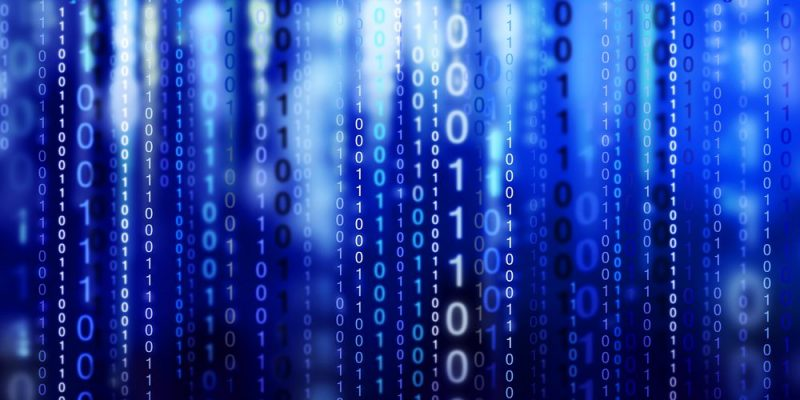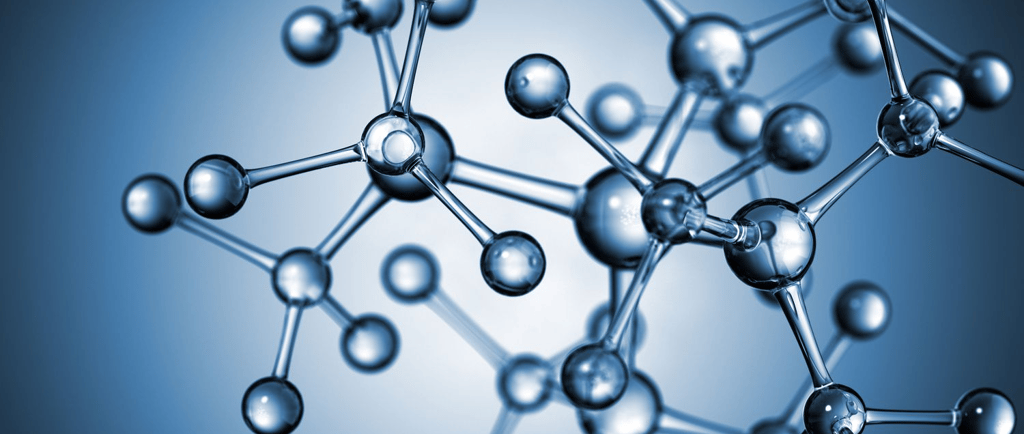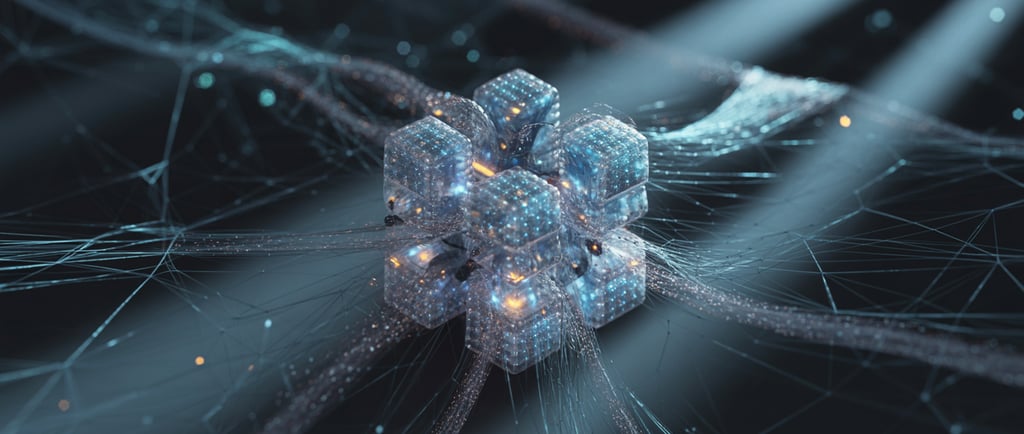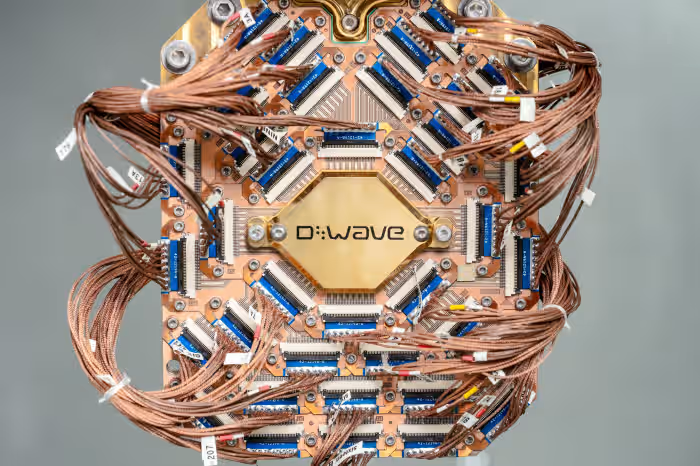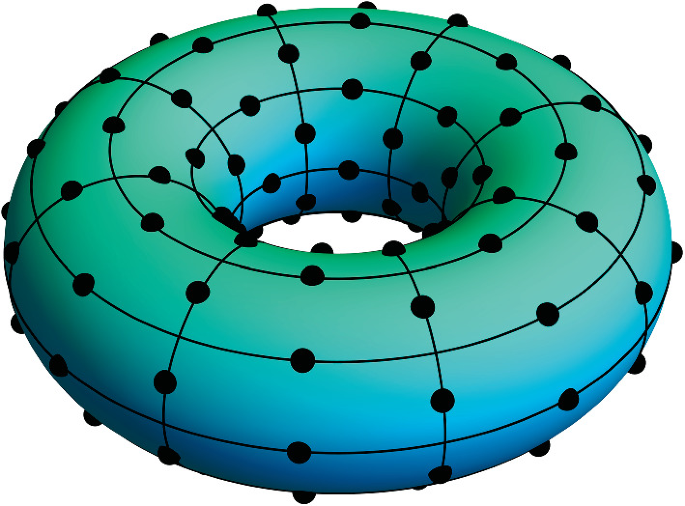Quantum Computing Revolution: The Dawn of a New Scientific Era
Discover the future of technology with quantum computing! Learn how qubits are revolutionizing cryptography, accelerating drug discovery, powering next-gen AI, and reshaping scientific research. A must-read deep dive into the real-world impact of quantum computing across cybersecurity, medicine, and climate science.
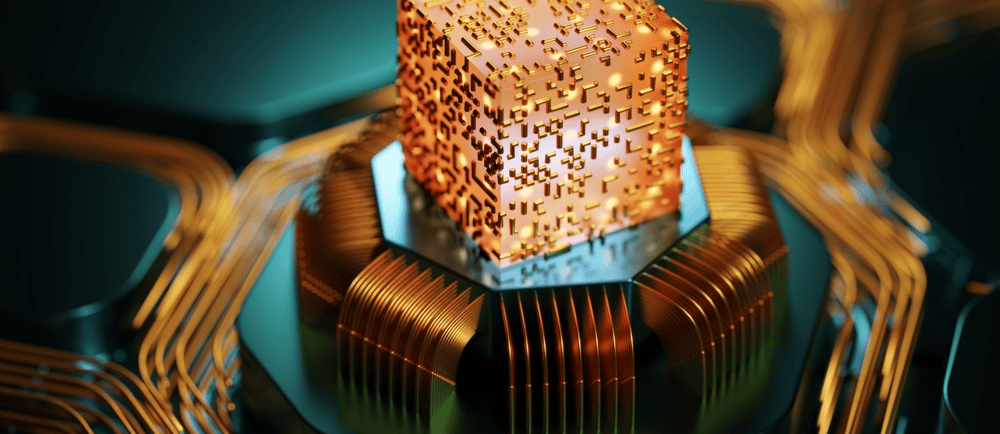

Welcome to the quantum era—a technological inflection point where the boundaries of classical computing begin to collapse under the weight of qubits and superposition. This in-depth exploration cuts through the noise to explain the science, applications, and societal transformations brought on by quantum computing. From breaking encryption and revolutionizing medicine to simulating the cosmos, quantum computers are on the cusp of reshaping civilization itself.
I. What Is Quantum Computing? Beyond Classical Limits
1.1 Classical Bits vs. Qubits: A Paradigm Shift
Conventional computers process information using bits that exist in binary states: 0 or 1. Quantum computers use qubits, which, through the phenomenon of superposition, can represent both 0 and 1 simultaneously. This allows them to perform many computations in parallel, exponentially increasing processing potential.
1.2 Superposition, Entanglement, and Interference
Superposition allows a qubit to exist in multiple states at once.
Entanglement links two or more qubits such that the state of one instantly affects the state of another, even at vast distances.
Quantum interference enhances correct paths and cancels out wrong ones in computation.
Together, these properties provide quantum systems with their intrinsic advantage over classical machines, especially for certain problem classes.
II. Cracking and Rebuilding Cryptography
2.1 Quantum Threats to Digital Security
Modern encryption protocols—such as RSA (based on integer factorization) and ECC (based on elliptic curves)—are considered secure because they rely on computationally intensive tasks for classical machines. However, Shor's Algorithm, run on a sufficiently powerful quantum computer, can solve these tasks exponentially faster, threatening to render current encryption obsolete.
2.2 The Race for Quantum-Resistant Algorithms
Post-quantum cryptography (PQC) is the field dedicated to developing cryptographic methods that resist quantum attacks. Leading candidates include:
Lattice-based schemes (e.g., NTRU, Kyber)
Hash-based signatures (e.g., XMSS)
Multivariate polynomial cryptography
Code-based cryptography (e.g., McEliece)
The NIST PQC Standardization Project is evaluating and standardizing new cryptographic primitives that are expected to underpin global cybersecurity infrastructures for the quantum era.
III. Quantum Drug Discovery and Biochemistry
3.1 Why Classical Simulations Fail at Molecular Scale
Modeling molecules and their interactions involves solving the Schrödinger equation for many-body quantum systems. Classical computers scale poorly with the number of interacting particles, leading to approximations.
3.2 Quantum Simulations of Molecules
Quantum computers can natively simulate quantum systems. Early breakthroughs include:
Modeling hydrogen and lithium hydride molecules
Understanding protein-ligand binding dynamics
Exploring reaction mechanisms in photosynthesis and enzyme catalysis
Organizations like IBM, Google, D-Wave, Zapata Computing, and Qubit Pharmaceuticals are building quantum workflows to enable personalized medicine, protein folding prediction, and antiviral drug discovery.
IV. Quantum Machine Learning: Supercharging AI
4.1 Machine Learning Bottlenecks
Classical machine learning struggles with optimization in high-dimensional spaces and large training datasets. Quantum computers offer tools like quantum kernel estimation, quantum PCA, and variational quantum classifiers to address these limitations.
4.2 Key Algorithms in Quantum AI
Grover’s Algorithm: Offers quadratic speedup for unstructured search
Quantum Support Vector Machines (QSVMs): Improve binary classification
Quantum GANs: Generate synthetic datasets using qubit interference
Research from MIT, ETH Zurich, Google AI, and papers on arXiv show that quantum models can potentially outperform classical systems in areas such as fraud detection, facial recognition, and anomaly detection.
V. Modeling Nature, Physics, and Climate
5.1 Quantum Simulation of Natural Phenomena
Quantum computers can model systems that are classically intractable:
Quantum chemistry (electronic structure problems)
Lattice QFT (Quantum Field Theory)
Condensed matter systems (e.g., superconductivity)
Many-body localization and thermalization
5.2 Climate and Earth Systems Modeling
Due to the chaotic nature of climate systems, quantum-enhanced simulations can improve long-range weather predictions, carbon capture models, and ecological forecasts.
Techniques used include:
Hamiltonian Simulation
Adiabatic Quantum Computing
Quantum Monte Carlo
VI. Quantum Hardware and Industry Landscape
6.1 Hardware Approaches
Quantum computers can be built with several architectures:
Superconducting Qubits (IBM, Google)
Trapped Ions (IonQ, Honeywell)
Photonic Qubits (PsiQuantum)
Topological Qubits (Microsoft)
Each has trade-offs in terms of coherence time, gate fidelity, and scalability.
6.2 Startups and Tech Leaders
D-Wave: Specializes in quantum annealing
Rigetti: Cloud-based hybrid quantum platforms
Zapata & Xanadu: Software-first approaches for vertical integration
The industry is seeing exponential growth in funding, with billions invested across North America, Europe, and Asia. Governments are competing for quantum supremacy via programs like the U.S. National Quantum Initiative, EU Quantum Flagship, and China’s National Quantum Strategy.
VII. Challenges and Ethical Considerations
7.1 Scalability and Error Correction
Quantum systems are extremely sensitive to noise. Achieving fault-tolerant quantum computing requires robust error correction techniques (e.g., surface codes) and logical qubit redundancy.
7.2 Quantum Ethics and Security
Quantum computing raises new questions:
Who controls quantum infrastructure?
How do we prevent misuse (e.g., decrypting classified data)?
What are the environmental impacts of cryogenic cooling and quantum chip manufacturing?
VIII. What the Future Holds
8.1 Anticipated Milestones
Quantum advantage in chemistry and finance by 2030
Deployment of quantum-secure networks (e.g., QKD-based communication)
Integration of QML pipelines in health, logistics, and autonomous systems
8.2 Broader Impact
Quantum computing may unlock solutions for climate change, genetic diseases, logistics, and energy optimization. It could also catalyze philosophical shifts in how we perceive information, randomness, and causality.
Quantum computing is not just the next chapter in digital evolution—it’s a tectonic shift in how we understand matter, information, and the very fabric of reality. It challenges everything we thought we knew about what computers can do, and it opens doors to discoveries once considered science fiction. From cracking the codes that secure our world to modeling molecules that could cure disease, quantum tech isn’t coming—it’s already here, quietly rewriting the rules.
At AstraHead, we don’t just follow trends—we decode revolutions. We speak to the dreamers, the skeptics, the engineers, the misfits. If you're hungry for clarity in the chaos of innovation, you're one of us.
Join the Astraheaders. Let’s navigate the quantum frontier together—one qubit at a time.
The moment is now: let's immerse ourselves in the research!
"Quantum Computation and Quantum Information" de M.A. Nielsen e I.L. Chuang (Cambridge University Press, 2000) - https://profmcruz.wordpress.com/wp-content/uploads/2017/08/quantum-computation-and-quantum-information-nielsen-chuang.pdf
"Polynomial-Time Algorithms for Prime Factorization and Discrete Logarithms on a Quantum Computer" by Peter Shor - https://arxiv.org/pdf/quant-ph/9508027
"A Fast Quantum Mechanical Algorithm for Database Search" by Lov K. Grover - https://arxiv.org/pdf/quant-ph/9605043
"NISQ - Noisy Intermediate-Scale Quantum" by Kishor Bharti - https://arxiv.org/pdf/2101.08448
"Quantum Error Correction For Dummies" by Avimita Chatterjee - https://arxiv.org/pdf/2304.08678
"Simulating Quantum Computations on Classical Machines" by Kieran Young - https://arxiv.org/pdf/2311.16505
"Quantum Machine Learning: A Hands-on Tutorial for Machine Learning Practitioners and Researchers" by Yuxuan Du - https://arxiv.org/pdf/2502.01146
"A Primer on Security of Quantum Computing Hardware" by Swaroop Ghosh - https://arxiv.org/pdf/2305.02505
"An interactive introduction to the surface code" - https://arthurpesah.me/blog/2023-05-13-surface-code/
I
